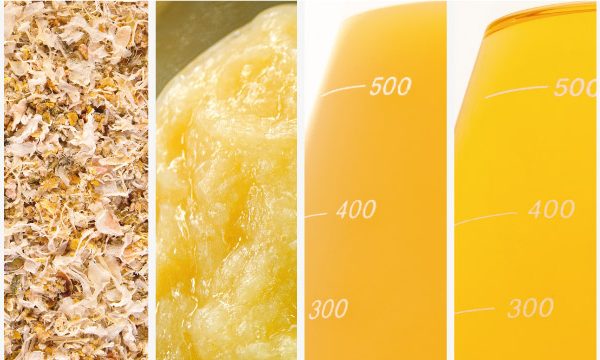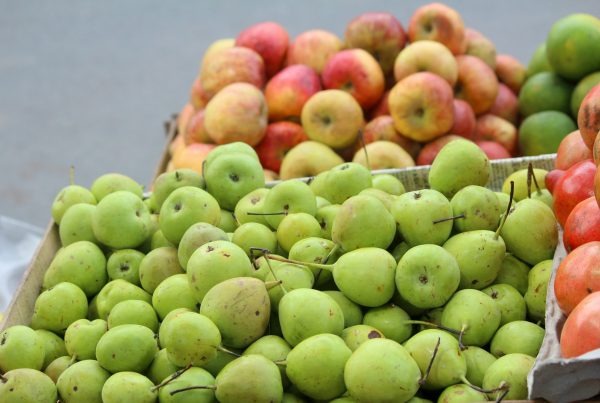Newsletter 171 – 09.10.2024
Since China opened to the world, it has not ceased to surprise. It became the care center of the western world, either because of the enormous opportunities it presents, the rapidity of its growth and its increasing incidence on the world economy and politics. In addition to its large population (1,407 million inhabitants), its development led to form an important mid-high class, which acquired new customs, constantly exploring new products, seeking to improve its quality of life, and assimilating characteristics of the western world. Within this group, millennials stand out, consumers who were born and lived the process of economic reforms. Most are only childs who focus on seeking personal satisfaction. The consumption of innovative and imported products is a form of personal fulfillment and status.
In this context, fruit enjoys an active interest. Culturally it is highly valued as a gift and is linked to traditions and festivities. This leads to their quality, aspect and presentation special importance. A fruit that complies with Chinese taste, has a very attractive appearance and is packed in a striking container, sells rapidly and at high prices.
China is a great fruit producer. In most temperate fruits it is the first producer (apples, pears, tangerines, grapefruit, table grape, plums and peaches). Most of what it produces is consumed locally or industrialized; and a lower percentage is exported. But despite being a great producer, it has become an attractive importer of fruits. Again, its attractiveness lies in is its high population and a wide middle-high class interested in new products and with the desire to improve the standard of living and their health. With the imported fruit, thet seek to expand the supply during the year, so they are mainly interested in the counter-season fruits. These have to be a quality fruit, attractive, with good presentation and small packaging. This is due they are small families (1-3 people) living in small spaces. It is also recommended to try to impose brands. These give a sense of security to the buyer, and helps differentiate it from competitors providing additional value. Another successful strategy of the supplying countries is to spread a country image, in order to strengthen the link between the product and the buyer. This country image can be worked from public or private entities. In all cases it is a big advantage for commercial companies, which are thus strengthened their business. Marketing actions are also recommended either in wholesale markets, directly with retailers or social networks.
All fruit producers in the southern hemisphere are trying to conquer this huge market. The Chinese are interested in a variety of fruits, focusing especially on cherries, grapes, blueberries, sweet citrus, lemons, apples and pears. Currently, Chile is the main supplyer of cherry and blueberries, Peru exports grapes and blueberries, and Australia sends sweet citrus. Negotiations with Chinese phytosanitary entities to sign a protocol are never easy and take time. Once the market opening was achieved, commercial progress is not easy either. A representative or direct contact is essential: companies must learn to deal with the difference in culture, language, times and, in general, the way to carry out business.
Argentina is also in the conquest of the Asian giant. China is the second destination of Argentine exports. But the business focuses on agricultural products in oilseeds, cereals and meat. The export of fruit is relatively new and small for now. In the last 10 years, several protocols were signed: it began with sweet and pomelos citrus, to continue with table grapes, blueberries, cherries and lemons.
Within the fruit supply, two are most successful in China: lemons and cherries. Cherries are having a growing trend of exports, sending in the last season more than 2,400 tons. These shipments were accompanied by marketing actions, promoting Argentine cherries in different markets. In the case of lemon, volumes show some fluctuation between 2,000 and 6,000 tons, according to the year. But these volumes are relatively small. To reverse this , the Fruit Association of Argentina (Fruits from Argentina), which groups the complexes of citrus, apples and pears, cherries, blueberries and pecan, have proposed to plan actions to encourage trade. Among these is to impose a country brand, strengthen contacts with Chinese importers, facilitate the operation of Argentine exporters, etc. To reserve this, the association "Fruits from Argentina", will participate in the Food2china Expo 2024 Fair, which will be held at the end of September in Guangzhou.







